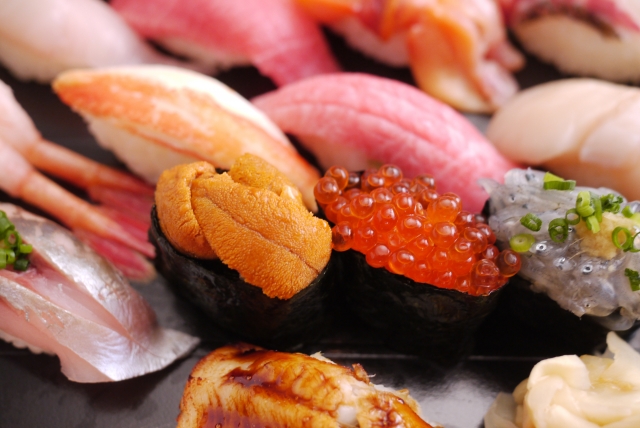Welcome to Japan, Sushi Lovers!
When traveling to Japan and wanting to eat sushi, it is not uncommon for people to search for “All-You-Can-Eat Sushi.” That feeling is well understood! Sushi is a special treat for Japanese people, and sushi in high-end restaurants can be very expensive. Thus, “All-You-Can-Eat Sushi” is a convenient keyword for finding a sushi place where you can dine with peace of mind.
However, please check the reviews of such restaurants. You might find many negative comments. It would be regrettable for both you and us who welcome you if, during your rare opportunity to visit Japan and enjoy authentic sushi, you choose a low-quality sushi place to save money.
Of course, not all places that offer “all-you-can-eat” are low quality, but there are cases where guests repeatedly order only rare items like “O-toro” thinking “it’s all-you-can-eat, so why not!” This could result in customers who come later being unable to enjoy O-toro as it’s out of stock. Such situations pose challenges for the restaurant, and often, these establishments find it difficult to maintain good communication with customers over time, leading to a decline in service quality.
Most travelers probably seek to enjoy “quality and fresh sushi with clear and reasonable pricing.” In large cities like Tokyo and Osaka, you have options ranging from ultra-high-end to budget-friendly places. However, reputed shops are always crowded, and especially with affordable, delicious places, it becomes challenging to leisurely enjoy sushi.
This article will navigate you through the often-underlooked core of Japanese sushi culture: astonishing local sushi shops found especially near fishing ports in the countryside. Here, you’ll encounter unmatched freshness and unique flavors reflecting the local sea and traditions, often at surprisingly good prices.
Let’s embark on an unforgettable food adventure!
Challenges with “All-You-Can-Eat”
There are several reasons why foreign tourists might search for “All-You-Can-Eat.”
- Budget Management: Having a clear price is reassuring.
- Diversity: You can try many kinds without deciphering complex menus.
- Ease of Order: It reduces the hassle of ordering when there’s a language barrier.
However, focusing solely on “all-you-can-eat” might sometimes mean compromising on quality. What many travelers truly value may actually be these points:
- Reliable Quality: Fish should be fresh and skillfully prepared by artisans.
- Clear Pricing: Enjoy delicious sushi without unexpected expenses.
- Genuine Experience: Taste sushi unique to the region.
- Comfortable Atmosphere: Feel welcomed with photo menus or some English guidance available.
This article focuses on establishments that provide exactly these offerings—shops that deliver exceptional sushi, good value, and authentic Japanese flavors.
Regional Sushi as the “Terroir” of the Sea
Much like wine has “terroir,” where the land shapes the flavor, Japanese sushi is incredibly diverse depending on the region. Unique coastlines, histories, and cultures of each area have cultivated distinct styles of sushi.
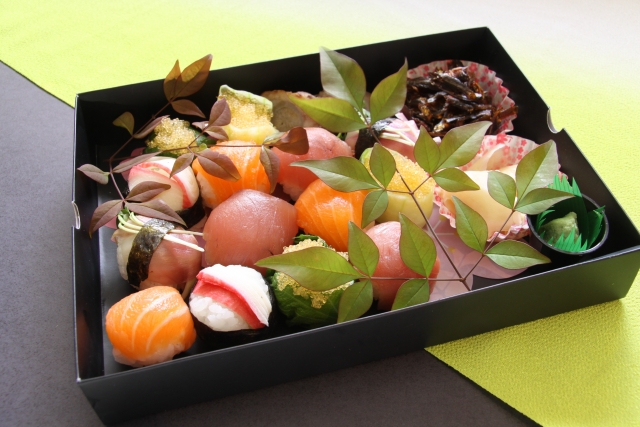
It’s not just about sushi you often see, like nigiri. You might encounter sushi such as:
- Masu Sushi (Toyama): Flavorful pressed sushi with fatty trout and vinegared rice wrapped in bamboo leaves.
- Saba Sushi (Fukui/Kyoto): Traditional sushi along the Sea of Japan coast using lightly pickled mackerel.
- Tekkone Sushi (Mie): A fisherman’s hearty meal mixing soy sauce-marinated bonito or tuna with rice.
- Kaki-no-ha Sushi (Nara): Sushi wrapped in persimmon leaves for flavor and preservation.
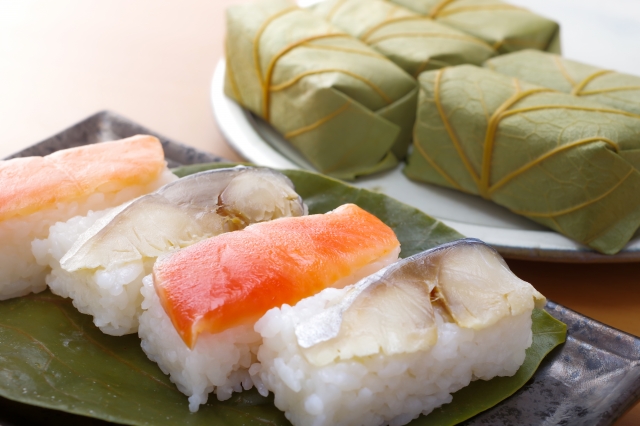
Tasting such local sushi is an experience that goes beyond dining; it’s a precious opportunity to touch the culture and history of the land. It will surely be etched in your memory of your journey for a long time.
The Charm of Sushi Enjoyed Near Fishing Ports
Japan is surrounded by seas on all sides, with many fishing ports nationwide. A large amount of the fish and seafood unloaded is transported to major consumer areas like the capital region with various freshness maintenance innovations.
Today, with the development of temperature control and aeration technology, it is possible to transport live seafood over long distances, so you can very well enjoy fresh sushi even in central Tokyo. However, enjoying sushi near a fishing port in a peaceful provincial city, feeling the presence of the sea, offers an overwhelmingly fresh and exceptional taste.
Imagine this: Fish unloaded at the port in the morning is served to customers at local sushi shops by lunch, made possible by this proximity.

- Unparalleled flavor and texture: Melt-in-your-mouth tenderness, natural sweetness, and subtle flavors. Taste the fish at its finest.
- Meeting rare local fish: Discover rare and seasonal fish not seen in city restaurants.
- The charm of local towns adding color to your journey: Enjoy meals while taking in the scenery of unique port towns and interacting with the locals.
These experiences, directly connecting with the source of ingredients, make meals even more special.
Examples of Savoring Affordable Sushi in Provincial Cities
In Japan, surrounded by seas on all sides, it is possible to enjoy authentic sushi at reasonable prices no matter where you travel. Thus, there are many sushi places we can recommend, making it difficult to narrow down. Here, we are introducing sushi restaurants that are easy for foreign tourists to use and are well-known for their freshness, quality, and connection with local fishing ports.
Let me first introduce a shop in Niigata prefecture where I live.
SUSHI DINING Sazanami
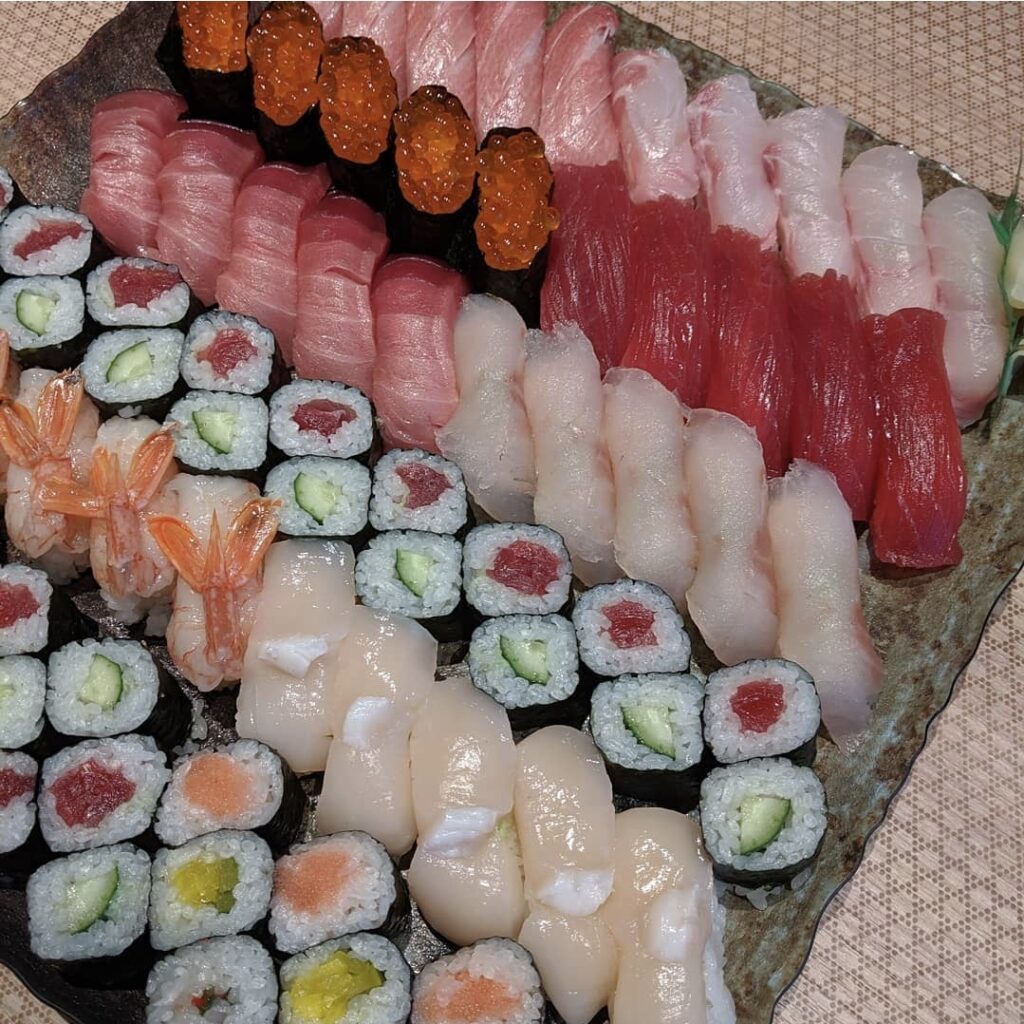
Location: 〒942-0061 5-2-3 Kasugashinden, Joetsu City, Niigata Prefecture
Website: https://sushidiningsazanami.com
Opening Hours:
11:00 AM – 2:00 PM
5:30 PM – 10:00 PM
Price Range: ¥1000~2000
Features: Located 5 minutes by car from Naoetsu Port. Nearby are fishing ports such as Nou Port, where seafood from the Sea of Japan is actively unloaded. The sushi chef/owner directly procures fish from the port. Affordable set menus are available at lunchtime.
Nigiri Lunch: ¥990 (8 pieces of nigiri, small dish, miso soup, chawanmushi)
Special Lunch with O-toro: ¥2,750 (7 pieces of nigiri, negitoro roll, tempura, small dish, miso soup, chawanmushi)
Highly recommended is the
Sushi Zanmai: ¥1,540 (12 pieces of nigiri, small dish, miso soup, chawanmushi)
enabling you to indulge in nigiri sushi.
Sado no Sushi Benkei
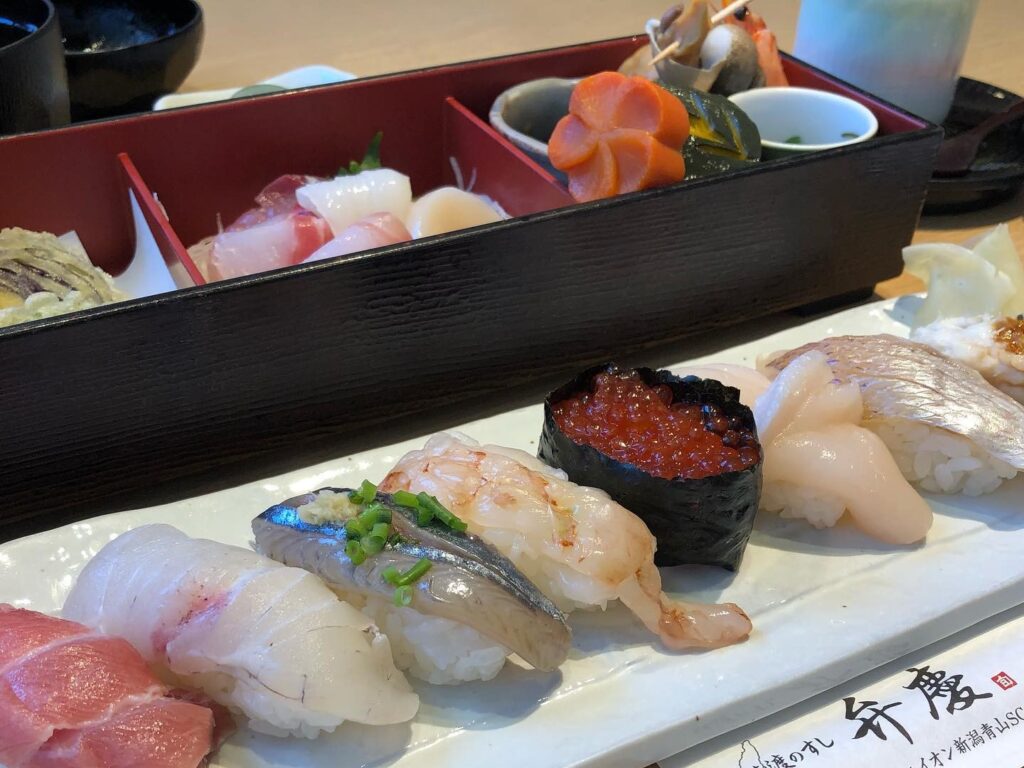
Location: 〒950-2002 2-5-1 Aoyama, Nishi-ku, Niigata City, Niigata Prefecture
Access: From JR Niigata Station, take the JR Echigo Line to Aoyama Station (12 minutes)
Walk to AEON Niigata Aoyama Store from Aoyama Station.
※ Other branch stores available
Website: https://sado-benkei.com
Price Range: ¥1000~2000 (Lunch)
Features: With its main store on Sado Island, it has locations in Niigata City and the Tokyo metropolitan area as well. The pricing varies by store, but the above location is in a family-friendly shopping center offering cost-effective set menus, making it a reliable option.
Chains that operate multiple locations often excel in procuring seafood, allowing you to enjoy quality sushi at affordable prices. However, prioritizing cheap prices too much may compromise quality. In this sense, “Sado no Sushi Benkei” is a very well-regarded shop.
The selections below are focused on shops offering great value and a local taste experience. (Note: Price ranges are indicative. “English support” refers to the availability of menus or the possibility of staff assistance in English. Always check the latest reviews, and consider reservations, especially at smaller venues.)
Toyama & Ishikawa: Jewels of the Sea of Japan
Himi Kitokito Sushi Himi Main Store
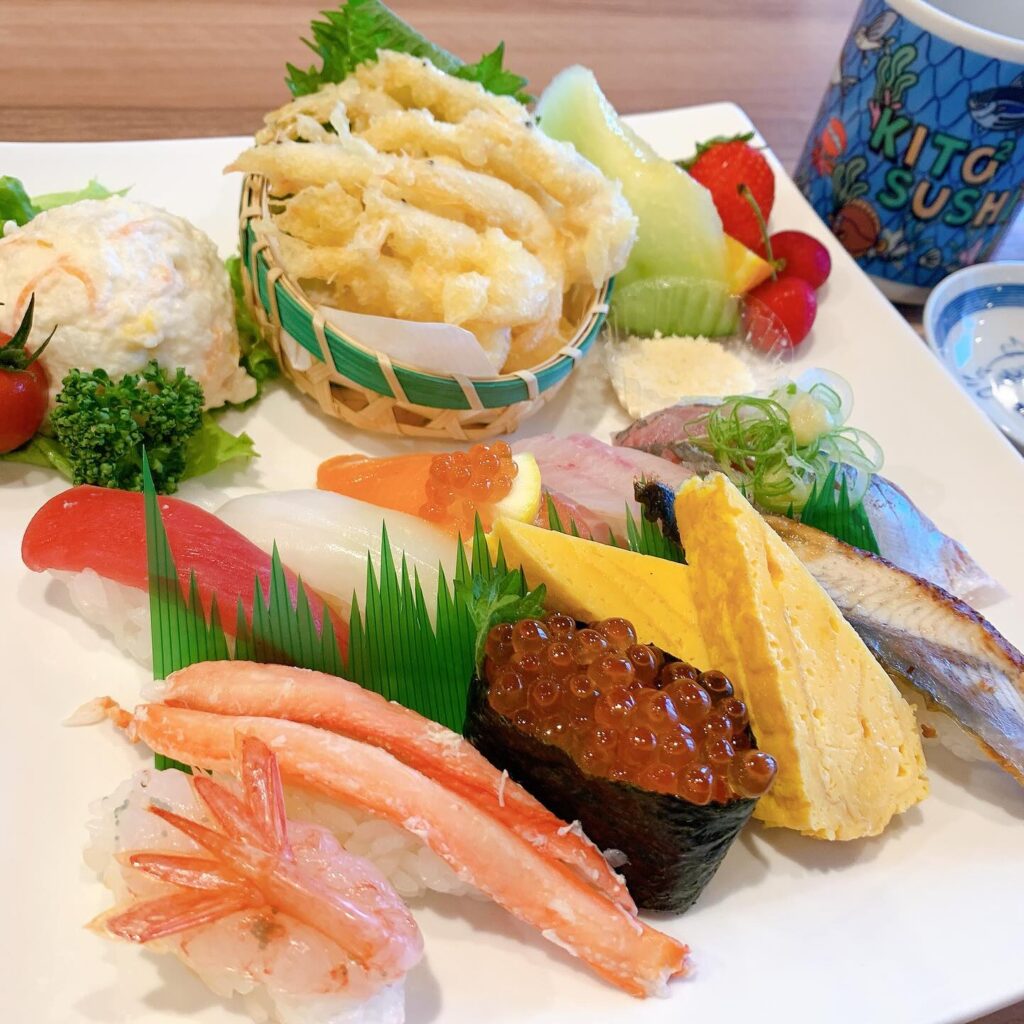
Location: 〒935-0037 65 Kamiizumi, Himi City, Toyama Prefecture
Website: https://kitokito.jp/shop/shop=17
Access: A few minutes by car/taxi from Himi Station.
Opening Hours: 11:00 AM – 9:00 PM (Closed on Wednesdays)
Price Range: ¥2,000 – 3,000 (Very reasonable for its quality, especially for lunch)
English Support: Menu available (English & Chinese). Many touch-panel order systems support multiple languages.
Features: Offering incredibly fresh fish directly from Himi Port, with a rich selection. Essential dishes in winter include “Buri” and “Shiro Ebi.”
Kanazawa Maimon Sushi Main Store
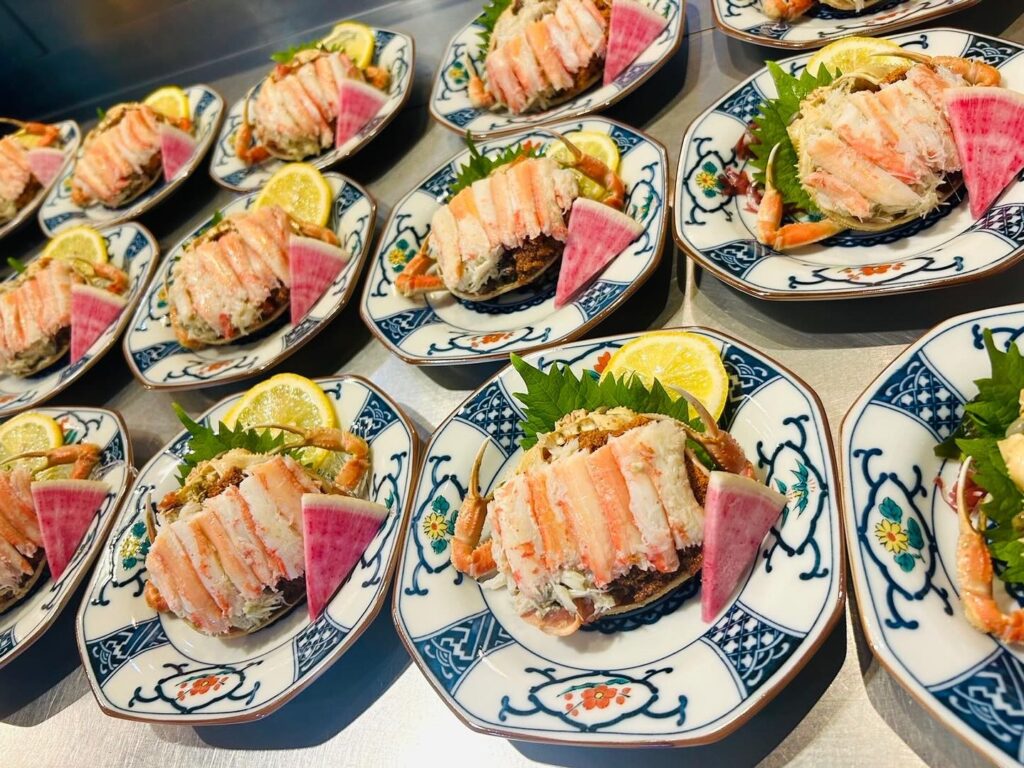
Location: 〒920-0027 3-20-7 Ekishi Shinmachi, Kanazawa City, Ishikawa Prefecture
Website: https://www.maimon-susi.com/shop/ekinishi/
Opening Hours: 11:00 AM – 9:30 PM
Price Range: ¥1,500 – 3,000 (Premium conveyor-belt sushi. Specific items worth splurging on)
English Support: English menu available. A vegetarian menu presented in part.
Highlights: Elegant atmosphere, specialized in premium seafood from the Noto Peninsula.
Access: Bus or taxi from Kanazawa Station.
Features: Popular for local premium ingredients like “Nodoguro” and “Gas Ebi.” High-quality conveyor-belt sushi.
Hyogo: Bounty of the Akashi Strait
Kikusui Sushi
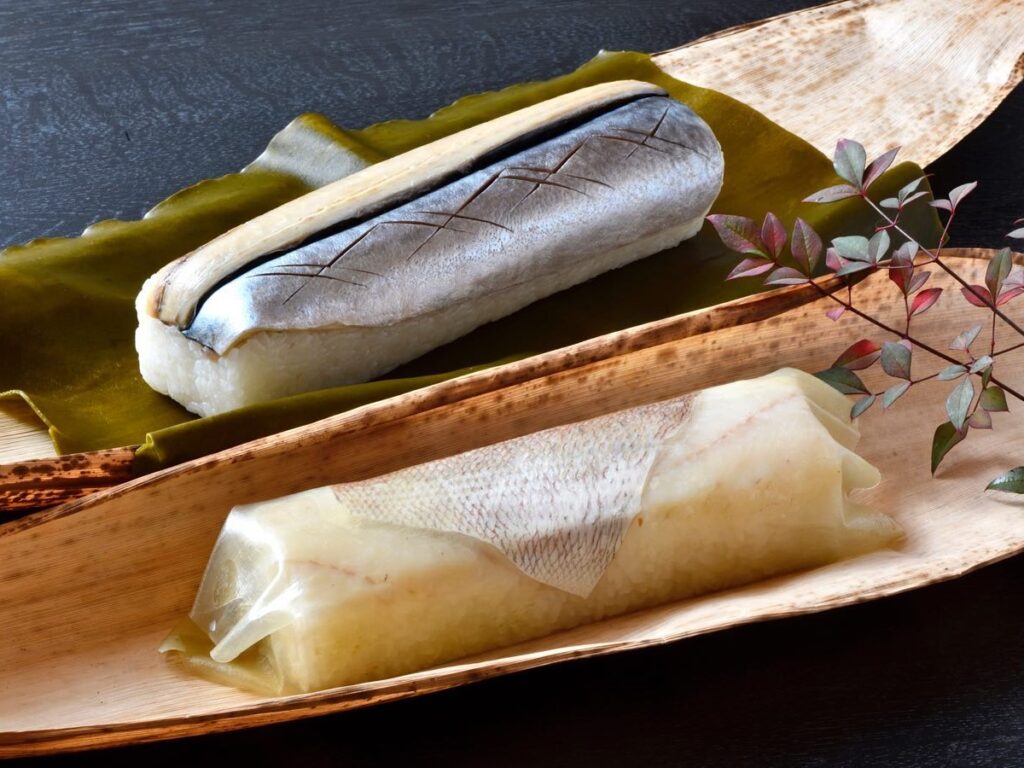
Location: 〒673-0885 11-6 Sakuramachi, Akashi City, Hyogo Prefecture
Website: http://kikusui-sushi.net/
Access: 7 minutes on foot from Akashi Station
Opening Hours:
11:30 AM – 2:00 PM
5:30 PM – 9:00 PM
(Closed on Thursdays)
Price Range: Nigiri ¥2,200~ (Omakase course around ¥8,000)
English Support: Some English menus might be available; pointing or translation apps are reliable.
Highlights: Historical ambiance, known for local specialties.
Features: Famous for Akashi specialties like “Anago” and “Tako.” Established in 1897, this traditional store offers classic pricing and sushi serving styles.
Sushi Soju
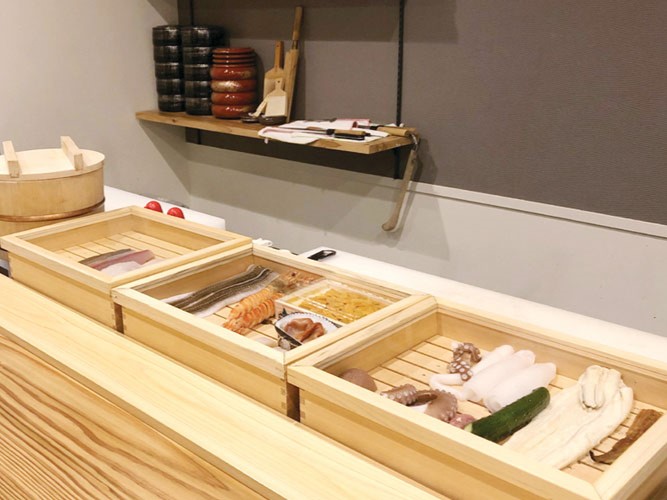
Website: None (As of April 2025)
Location: 〒673-0892 1-3-21-2 Honmachi, Akashi City, Hyogo Prefecture
Opening Hours:
11:30 AM – 2:00 PM
5:00 PM – 9:00 PM
(Closed on Wednesdays)
Price Range: ¥1,200 (Lunch set)~
English Support: Limited. Photo menus may help.
Highlights: Affordable lunches, more expensive dinners and omakase. Bustling fish market ensures freshness.
Access: 7 minutes on foot from Akashi Station.
Features: Known for fresh seafood from the famous Akashi noon net. Enjoy various Anago styles—grilled, simmered, and seared. Affordable lunch sets available.
Hokkaido: Treasure Trove of Seafood
Conveyor Belt Sushi Nemuro Hanamaru
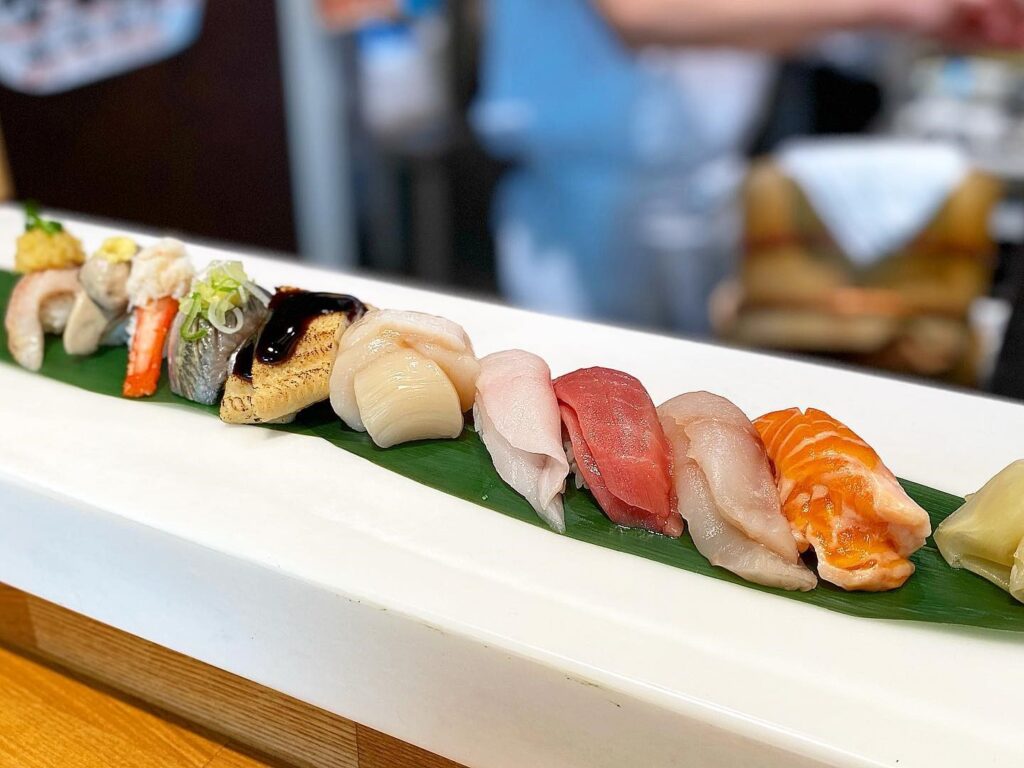
Location: 〒087-0045 9-35 Hanazonocho, Nemuro City, Hokkaido
Website: https://www.sushi-hanamaru.com/store/details/s01.html
Phone: 0153-24-1444
Opening Hours: 11:00 AM – 9:00 PM
Access: 11-minute walk from Nemuro Station. Also available at Stella Place directly connected to JR Sapporo Station.
Price Range: ¥2,000 – 3,000 (Very cost-effective conveyor belt sushi)
English Support: English support is often available at tourist-heavy locations (e.g., Sapporo Station).
Highlights: High quality for a conveyor belt sushi place, a commitment to Nemuro origin.
Features: Multiple branches, including in the Tokyo metropolitan area. Originating from Nemuro, popular Sapporo branch, centered on fresh and seasonal ingredients from Eastern Hokkaido and Nemuro. Unique items like “Sanma” and “Nishin” available.
Conveyor Belt Sushi Triton
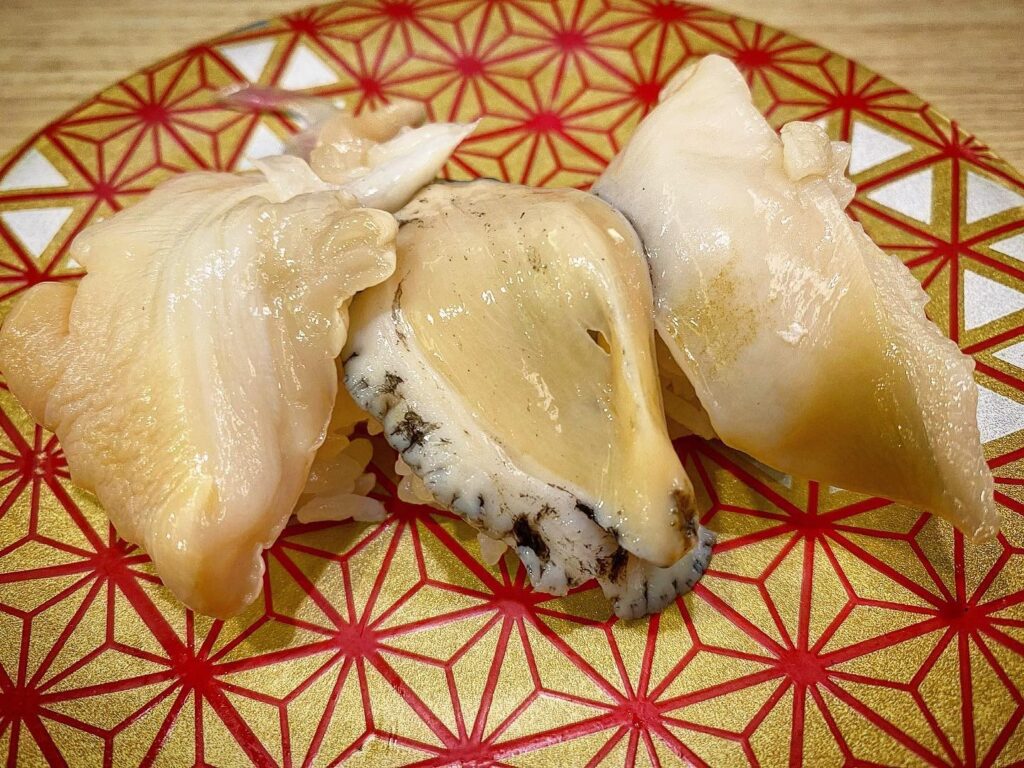
Location: Kita 8-jou Kosei Store 〒060-0908 5-19-1 Kita 8 Jou Higashi, Higashi-ku, Sapporo City, Hokkaido
Website: https://toriton-kita1.jp
(Multiple locations primarily in Hokkaido and also in Tokyo)
Opening Hours: 11:00 AM – 10:00 PM
Price Range: ¥2,000 – 4,000 (Good value conveyor belt sushi)
English Support: Often available at locations in Sapporo.
Highlights: Popular local chain, big satisfying pieces.
Access: 13-minute walk from JR Sapporo Station
Features: Known for its large sushi pieces. Offers a wide variety from staple options to unique local Hokkaido selections.
Focus on the Tohoku Region: The Strength and Flavor of the Coast
The Tohoku region boasts beautiful coastlines and wonderful seafood. Savoring sushi here is also connecting with local communities and discovering unique flavors.
Sushi Toku
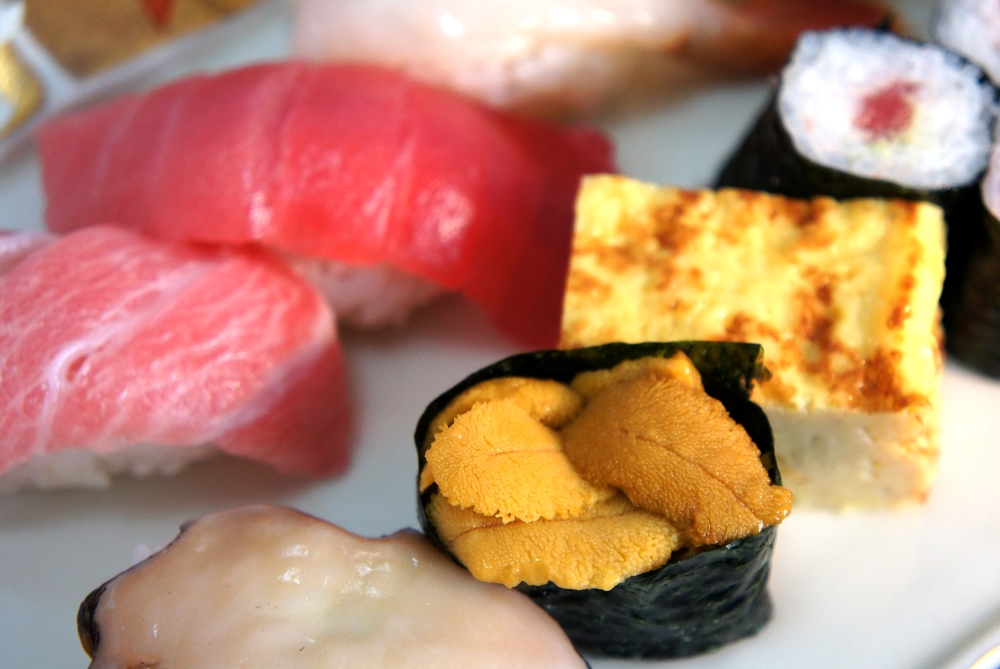
Website: http://www.sushitoku.jp/
Location: 〒985-0025 3-16 Sauracho, Shiogama City, Miyagi Prefecture
Phone: 022-364-3245
Opening Hours:
11:00 AM – 2:00 PM
4:30 PM – 9:00 PM
(Closed on Tuesdays and Wednesdays)
Price Range: ¥1,100 – 3,500
English Support: This store has a comprehensive website with listings and prices, making it particularly recommendable for foreign tourists. You can understand store information via Google Translate, and using English translations can also be handy for point-and-order.
Highlights: Authentic sushi with reliable technique at affordable prices.
Web-only coupons available.
Access: Within walking distance from JR Tohoku Main Line Shiogama Station or JR Senseki Line Nishi-Shiogama Station
Features: Sushi Toku, a beloved local sushi shop in Shiogama City, Miyagi Prefecture, is a hidden gem that offers taste unrivaled by high-end stores at reasonable prices. Known for its exquisite variety of premium tuna from Shiogama, its signature dish, “Maguro Zukushi,” with three different flavors of O-toro, Chu-toro, and Akami, is one of a kind. Especially noteworthy is its O-toro, said to be exceptional. There’s also premium seasonal ocean delights like thick Hon-gayahagi sashimi and fluffy grilled black cod.
The “Assorted Nigiri” set, priced from ¥1,100, boasts thick and satiating toppings. Slightly larger than typical sizes, its nigiri sushi comes with comforting miso soup as delightful service.
The diner features counter and low table seating, providing a relaxed and casual dining environment. The ordering system involves filling in a slip, making group dine-in smooth.
Kiku Sushi
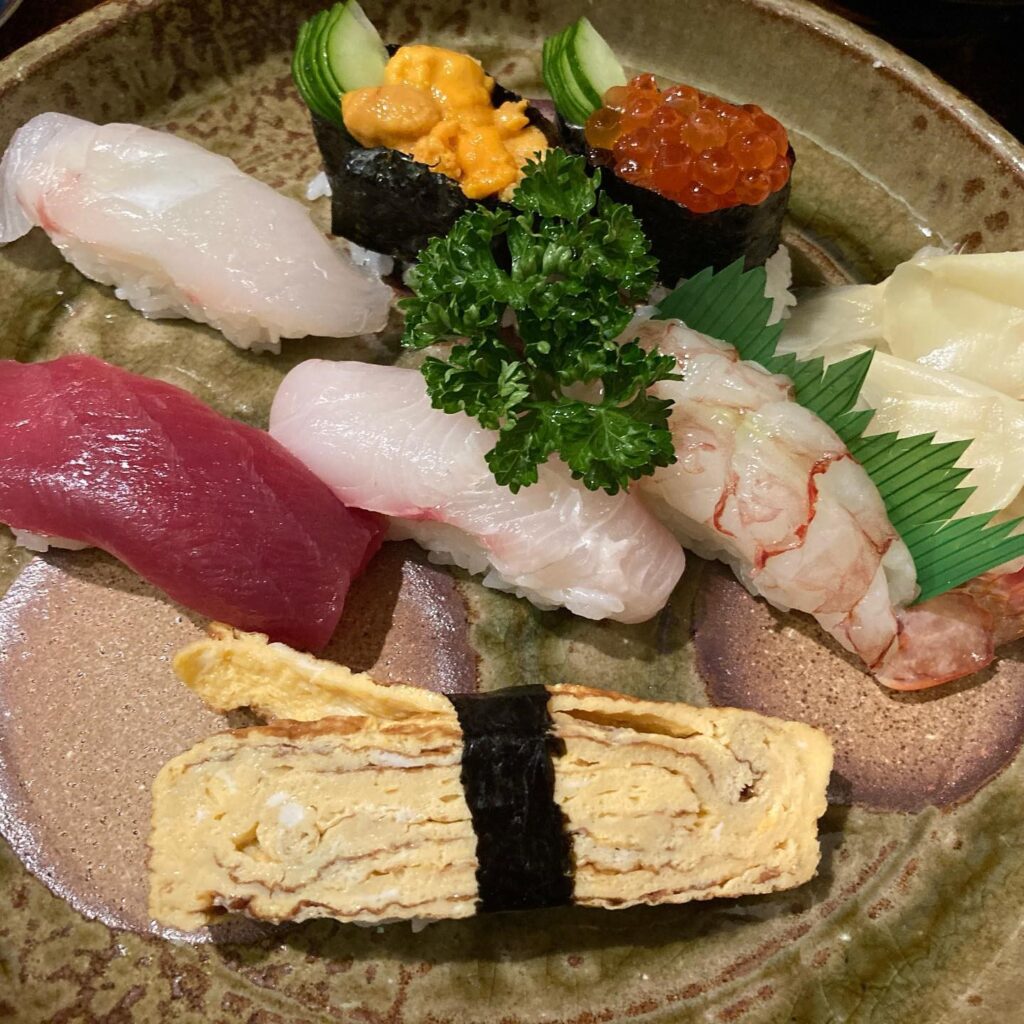
Location: 〒033-0001 2-11-2 Chuomachi, Misawa City, Aomori Prefecture
Website: https://kite-misawa.com/misawa/kikusushi/
Phone: 017-653-3476
Opening Hours: 11:30 AM – 2:30 PM, 5:00 PM – 10:00 PM
Price Range: ¥1,000 – 2,000
English Support: As there is a US military Misawa Air Base in this town, they are flexible in handling foreigners.
Highlights: A sushi store with a 60-year history
Access: A 29-minute walk from Aoimori Railway Misawa Station. 5 minutes by car.
Features: Near Misawa fishing port. Famous for fresh squid, flatfish, and surf clams. Popular options include lunch-only specials like “Hokkidon” (clam rice bowl) and “Salmon, Uni, and Ikura Rice Bowl.”
Focus on Kyushu Region: Gifts of the Southern Islands
Being close to the Asian continent and warm currents, Kyushu offers unique fish species and local sushi styles.
Sushi Hiro
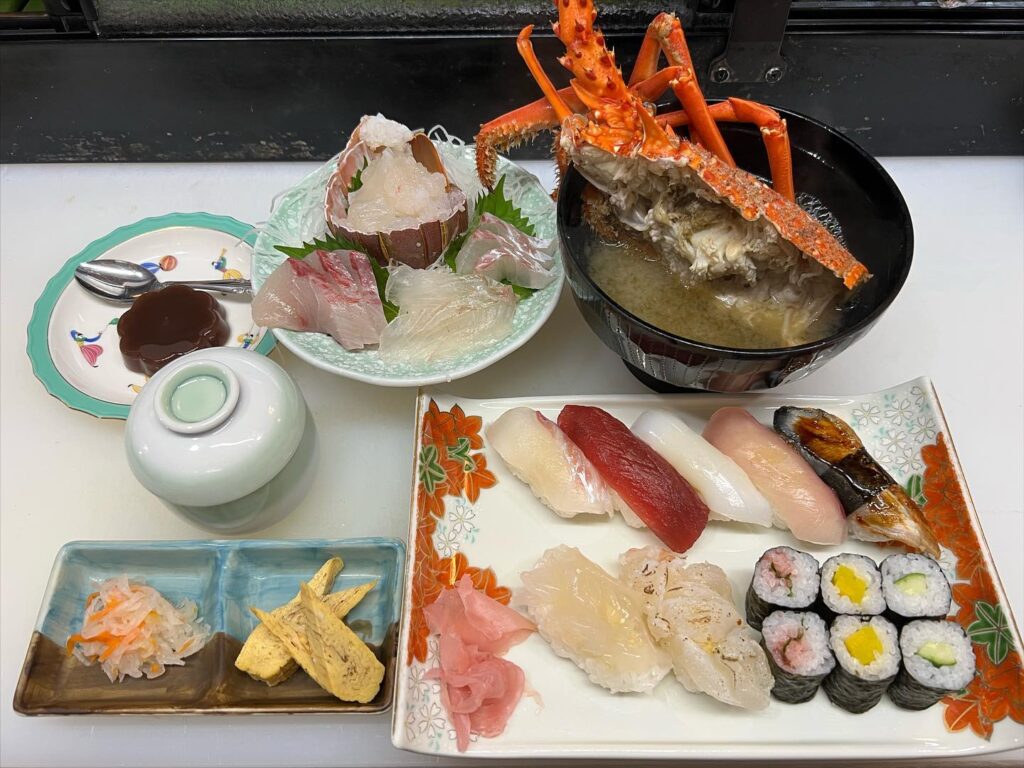
Website: http://www.sushi-hiro.com
Location: 〒857-2427 1909 Mase-cho, Oshima-cho, Saikai City, Nagasaki Prefecture
Phone: 095-934-2032
Opening Hours:
11:30 AM – 2:00 PM, 5:30 PM – 9:30 PM
Price Range: ¥1,000 – 3,000
English Support: Unknown. Since the menu and prices are available on the website, you can view it via browser translation.
Highlights: All-you-can-eat available (reservation required)
Access:
① By car: Takes 47 minutes via Saikai Road/Route 202 (35.2 km)
② By high-speed boat: Walk 9 minutes from Sasebo Station to Kujirase Terminal (600m). 26 minutes on a high-speed boat from Saikai Coast Shipping to Oshima Port. A 13-minute walk from Oshima Port to Sushi Hiro (1km).
Features: Sushi Hiro, a hidden gem in Saikai, Nagasaki Prefecture, boasts authentic sushi with fresh local ingredients. These bigger-than-usual pieces are filling; especially heralded are the striped jack and sea urchin.
The surprise is the all-you-can-eat sushi, priced at ¥2,900 for men and ¥2,400 for women (as of the survey). Indulge in genuine sushi with premium toppings.
At the counter, watch the craft of professional chefs as live fish are prepared right before your eyes. The thick, ample toppings are a bounty of the island’s rich sea, a genuine sushi feast beloved by locals.
Hakata Toyoichi Nagahama Shokudo
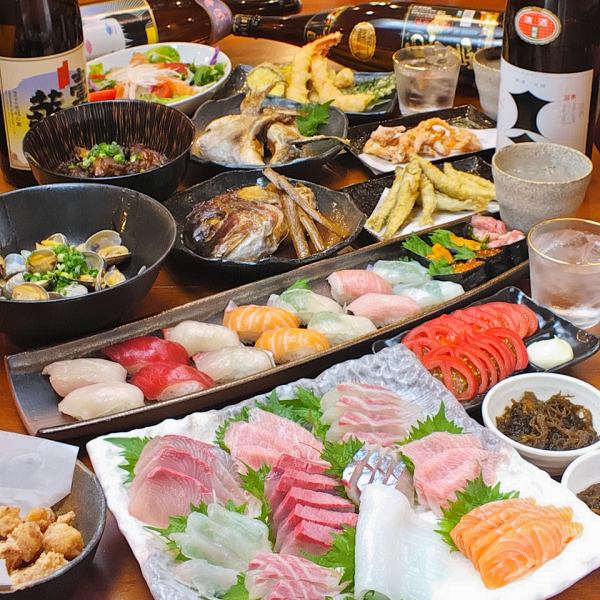
Website: https://hakata-toyoichi.owst.jp
Location: 〒810-0072 2-5-25 Nagahama, Chuo-ku, Fukuoka City, Fukuoka Prefecture
Phone: 092-753-7500
Opening Hours:
11:00 AM – 2:00 PM
5:00 PM – 10:00 PM
Price Range: ¥1,500 – 3,000
English Support: The buffet-style lets you pick your sushi and have the staff confirm the count, minimizing language barriers. The website supports English, Korean, and Chinese.
Highlights: Coupons for all-you-can-eat courses are available on the website.
① Enjoy all 60 kinds of sushi! [Sushi Zammai Course] 90 minute all-you-can-drink included ¥4,950 → ¥4,400
② All 300 items! All-you-can-eat sushi! [Hakata Toyoichi Omakase Course] 90 minute all-you-can-drink included ¥6,050 → ¥5,500
Access: A 11-minute walk from Subway Airport Line Akasaka Station (750m).
Features: Located right in front of Fukuoka City’s Nagahama Market, “Hakata Toyoichi Nagahama Shokudo” is a seafood restaurant famed for its sushi buffet, a hot topic on social media. Despite a narrow frontage, the interior surprisingly spreads out to a spacious dining area.
The main attraction is the sushi buffet, available at a stunning ¥120 per piece—a standout feature boasting cost performance with prime parts such as O-toro and sea perch included at the same single-price. Thicker-cut, large pieces provide satisfaction aplenty.
In-store, enjoy the unique Nagahama panorama with fish swimming in a large tank while dining. Besides buffet, hearty set meals, tempura, and kaisendon (seafood bowls) are available, with lunch sets priced at an impressive ¥1,200.
Expect crowds at this popular eatery, yet online reservations spare you the long queues while ensuring good table turnover, offering convenience.
The takeout service is also lauded, letting you relish sushi of higher quality than supermarket fare at home.
Greater Tokyo Area
Sushi Choushimaru Chiba Ekimae Branch
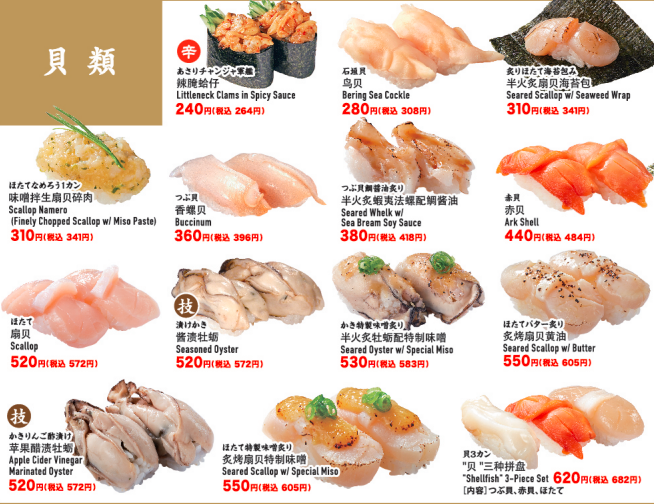
Website: https://stores.choushimaru.co.jp/88
Location: 2-25-1 Fujimi, Chuo-ku, Chiba-shi, Chiba 260-0015
Phone: 043-202-7400
Opening Hours: 11:00 AM – 9:00 PM
Price Range: ¥1,000 – ¥3,000
English Support: Menus with photos available in English and Chinese. Orders can be made visually using touch panels.
Highlights: Easily accessible from Tokyo and located close to the station. Rich in seafood.
Access:
5 minutes walk from JR Sobu Line Chiba Station.
3 minutes walk from Keisei Chiba Station.
Features: Surrounded by the ocean on three sides, Chiba Prefecture is renowned for its abundance of fresh seafood despite its proximity to the metropolitan area. “Sushi Choushimaru Chiba Ekimae Branch” fully leverages this advantageous location. Situated near Chiba Station, it is popular among locals and business travelers alike.
The greatest appeal is the freshness and size of the seafood toppings. They offer a variety of options from standard favorites like tuna, medium-fatty tuna, squid, ark shell, and whelk, to creative selections such as seared salmon and red shrimp, all generously sized and deliciously satisfying. The three-piece sets featuring varieties like three different shrimp types allow guests to appreciate subtle flavor differences.
The modern interior primarily offers counter seating. Previously operating as a conveyor belt sushi restaurant, it has since transitioned to a touch panel ordering system, enhancing freshness and cleanliness. Sushi orders conveniently arrive directly in front of diners via a delivery lane.
Veteran sushi chefs behind the counter frequently interact warmly with customers, adding to the pleasant dining experience. Prices are slightly higher, reflecting the excellent quality and making it worthwhile for savoring Chiba’s seafood delicacies.
Enjoying local Chiba sake alongside the sushi completes the perfect dining experience. Birthday coupons through the app and other special offers make it an even more attractive spot to fully enjoy the seafood treasures of Chiba while staying within the Greater Tokyo Area.
Local Fish Sushi Funaosa Main Branch
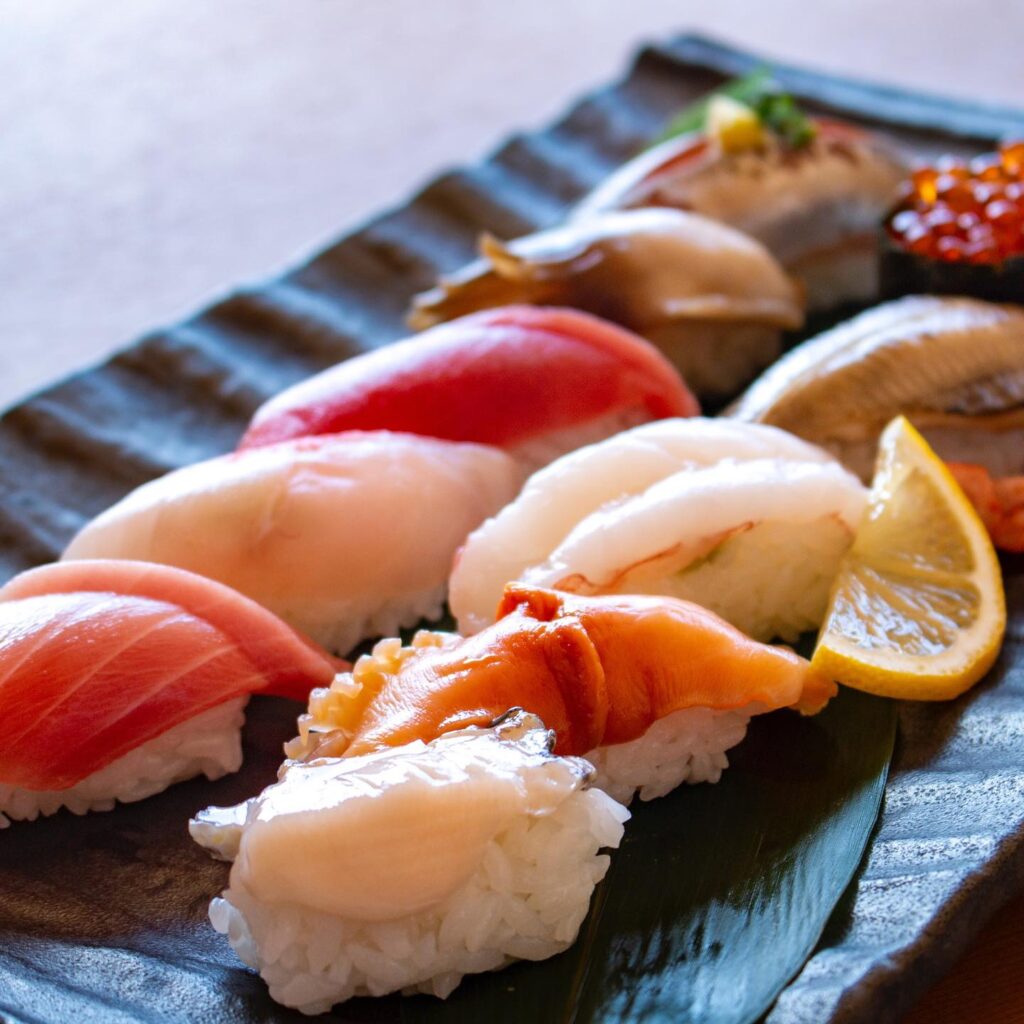
Website: https://funaosa.jp/
Location: 2288 Kanaya, Futtsu-shi, Chiba 299-1861
Phone: 0439-69-2167
Opening Hours:
Weekdays: 11:00 AM – 7:00 PM
Weekends: 11:00 AM – 8:00 PM
*Closed on Wednesdays
Price Range: ¥2,000 – ¥3,000
English Support: Orders can be placed via touch panel, making it easy to order visually.
Highlights: Easily accessible from Tokyo. Ferries run regularly between Yokosuka (Kurihama) and Kanaya, roughly every two hours, allowing you to enjoy a short sea journey (about 40 minutes one way).
Access:
5-minute walk from JR Uchibo Line Hamakanaya Station.
3-minute walk from Tokyo Bay Ferry Kanaya Port.
Features: A well-known restaurant where you can fully enjoy the local seafood. The biggest attraction is the fresh local fish sourced daily. Especially notable is the horse mackerel from the Boso Peninsula, which is thick and has no unpleasant smell—highly acclaimed. You can also enjoy rare fish like trumpetfish and flathead that are not commonly seen. Since the selection of fish changes depending on the season and day, each visit offers a new tasting experience.
The clean and bright interior offers ordering via touch panel at every seat. At the table seats, sushi arrives via high-speed lanes, while at the counter, you can enjoy watching the chef prepare the sushi right in front of you.
With an average price of about ¥300 per plate, it’s slightly more expensive than typical conveyor belt sushi, but the freshness and size of the ingredients make it well worth the cost. It’s recommended to combine your visit with sightseeing in the Yokosuka area via ferry. In the evening, you can even enjoy views of Tokyo’s nightscape from the sea. Savor the rich seafood of Boso and the stunning scenery of Tokyo Bay to the fullest.
Tips for a Successful Sushi Experience in the Countryside
Visiting local sushi shops is part and parcel of the adventure of traveling. Here are some tips to ensure success:
- Do your research: Use Google Maps, Tabelog (employ browser translation if no English version), and TripAdvisor. Check reviews regarding freshness, local specialties, pricing, and opening hours. Some stores even post coupons on their websites!
- Plan your transportation: Rural areas may have infrequent public transit. Check train and bus timetables in advance, or consider renting a car if you’re exploring broadly. Leverage navigation apps.
- Enjoy local specialties: Try regional specialties even if unfamiliar. Ask the staff for “osusume (recommendations).”
- Language Barrier: Don’t overly worry. Many places have picture menus. Download a translation app (e.g., Google Translate with camera functionality) for convenience. Simple words like “Arigato (Thank you)” and “Oishii (Delicious)” are appreciated.
- Budget: Prices vary. Generally, conveyor-belt sushi is affordable. Traditional counter sushi stores range from budget to luxury. Check prices online in advance if possible. Lunch sets are often good value.
- Basic Etiquette: Nigiri sushi can be eaten with clean hands or chopsticks. Apply minimal soy sauce to the fish side (avoid soaking the rice). Gari (ginger) is for palate cleansing. Ideally, enjoy all in one bite.
- How to order: Options include ordering by menu, pointing (especially effective in conveyor-belt sushi or with pictures), or trying “omakase” (chef’s choice, sometimes with budget indication) at the counter.
- Reservations: We recommend reservations at small popular spots or traditional places. Request the hotel concierge or go online if possible.
Conclusion: Savoring Authentic Japan, One Blissful Bite at a Time

Traveling to Japan’s provinces and discovering delicious local sushi is more than just a meal. It entails tasting unparalleled fresh seafood just off the net, experiencing unique flavors cultivated by the area’s culture, and connecting with the essence of Japanese culinary art.
“All-You-Can-Eat Sushi” can be enticing, but uncovering hidden gems—trusted high-quality sushi at reasonable prices favored by locals—will enrich and immortalize your trip.
Leave behind the hustle of the city and visit Japan’s beautiful coastal regions. Use this article as a starting point, stay curious, and get ready to taste the best sushi Japan has to offer.
So enjoy your sushi!
Disclaimer:
Restaurant information (prices, English support, opening hours, etc.) may change. Be sure to verify details before visiting.
This article is a machine translation of the content originally written in Japanese, so please understand that there may be some parts that are difficult to read.
